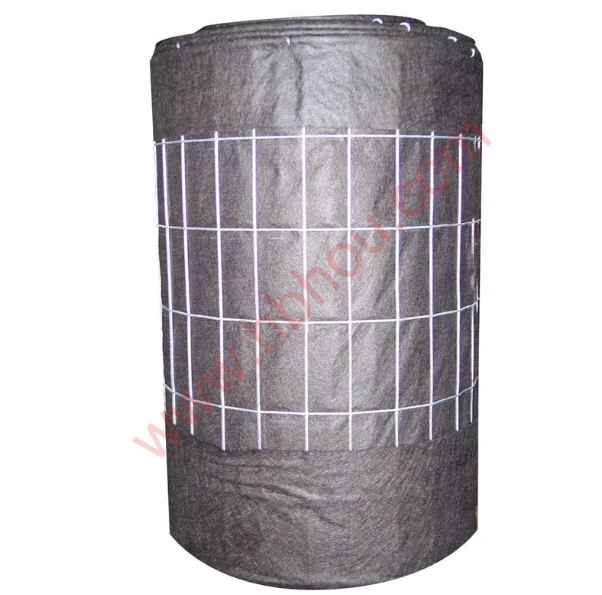How to Set Up a Rat Trap Cage A Comprehensive Guide
When dealing with a rat infestation, one of the most humane and effective methods of control involves the use of a rat trap cage. These traps are designed to capture rats alive, allowing for relocation or other humane methods of management. Setting up a rat trap cage correctly is essential for its effectiveness. This guide will walk you through the steps to ensure you set your rat trap cage properly and maximize your chances of capturing those pesky rodents.
Step 1 Choosing the Right Trap
Before you set up your rat trap cage, it's crucial to select a model that suits your needs. There are various types of rat traps available on the market, including single-door and double-door traps. A double-door trap is often more effective, as it allows for entry from both ends, making it easier for the rats to enter. Ensure that the size of the cage is appropriate for the species of rat you're targeting; adult rats will need a larger cage, typically around 32 inches long.
Step 2 Selecting an Appropriate Location
The success of your trap largely depends on its placement. Rats are cautious creatures and tend to travel along familiar pathways or near walls. Look for signs of rat activity, such as droppings, gnaw marks, or burrows. Ideal locations for your trap include
- Along walls or fence lines - Near food sources, such as garbage bins or bird feeders - In dark, secluded areas where rats feel safe
Avoid placing the trap in open spaces, as this may deter rats from approaching.
Step 3 Preparing the Trap
Once you have chosen a location, it’s time to prepare your rat trap cage. Open the trap and check for any latches or doors that need to be secured. Ensure the trap is clean and free from any debris. After preparing the trap, it's time to add bait.
rat trap cage how to set

Step 4 Baiting the Trap
Bait is a critical element in attracting rats to your trap. Some effective bait options include
- Peanut butter - Birdseed - Fruit (such as apples or bananas) - Nuts
Spread a small amount of bait inside the trap, placing it near the back to encourage the rat to enter fully. Be careful not to use too much bait, as this may prevent the trap from closing properly.
Step 5 Setting the Trap
Now that you have prepared and baited the trap, it’s time to set it. If you're using a spring-loaded bait mechanism, follow the manufacturer's instructions to set the trap correctly. Ensure that it is stable and positioned so that the doors can close swiftly upon capture. If using a double-door trap, both sides should be set to ensure escape routes are minimized.
Step 6 Monitoring the Trap
After setting up the trap, it’s essential to monitor it regularly. Check the trap at least once a day to see if you have captured any rats. If you capture a rat, handle the situation with care. Wear gloves when handling the cage and consider relocating the rat to a safe distance from your home, following local guidelines.
Conclusion
Setting up a rat trap cage can be a straightforward and humane way to deal with a rodent problem. By choosing the right trap, placing it in strategic locations, using effective bait, and monitoring it carefully, you can increase your chances of a successful capture. Always remember to handle any captured rats responsibly and in accordance with local laws. With patience and careful planning, you can reclaim your space from these unwelcome pests.















